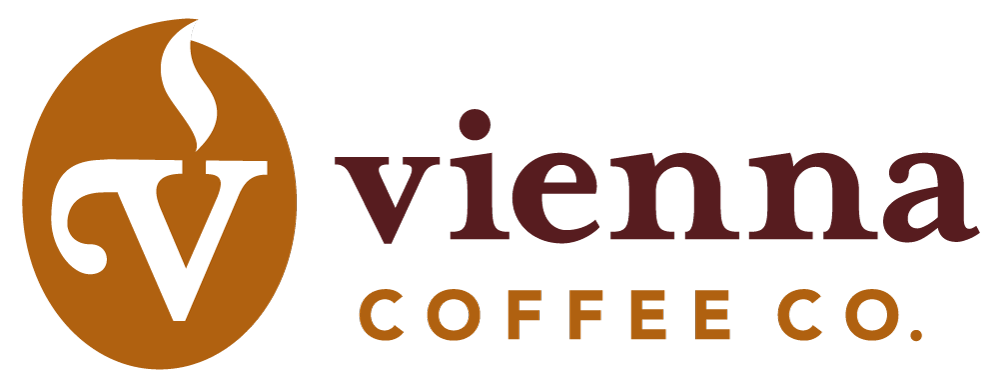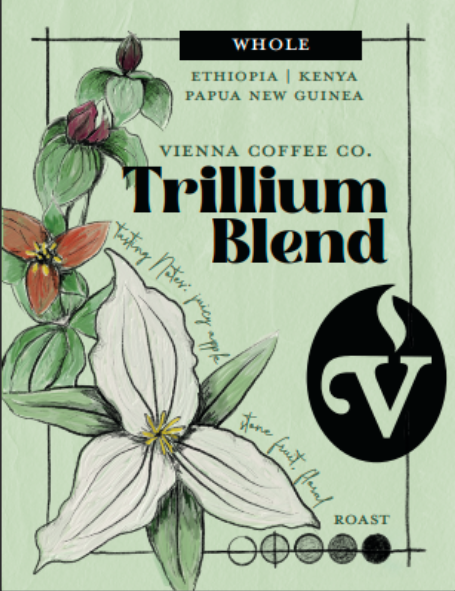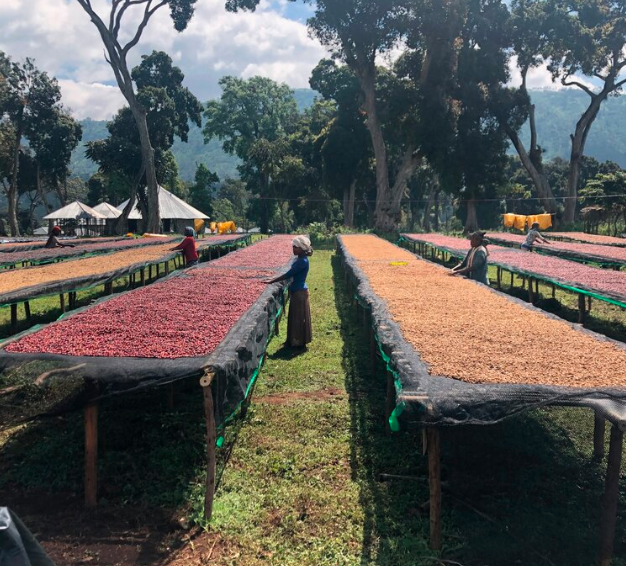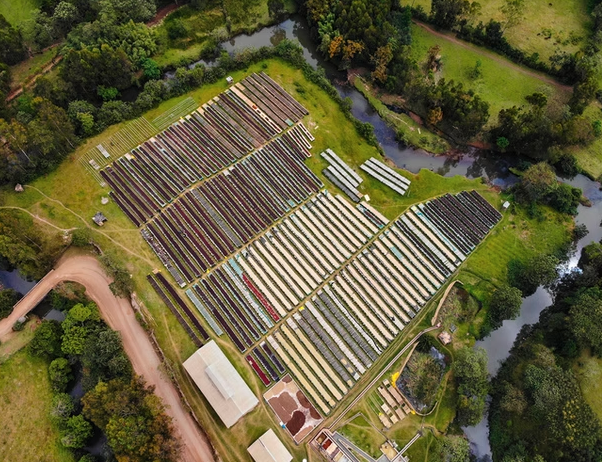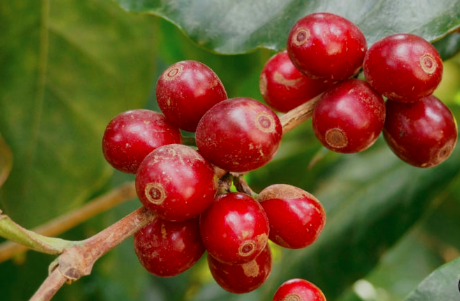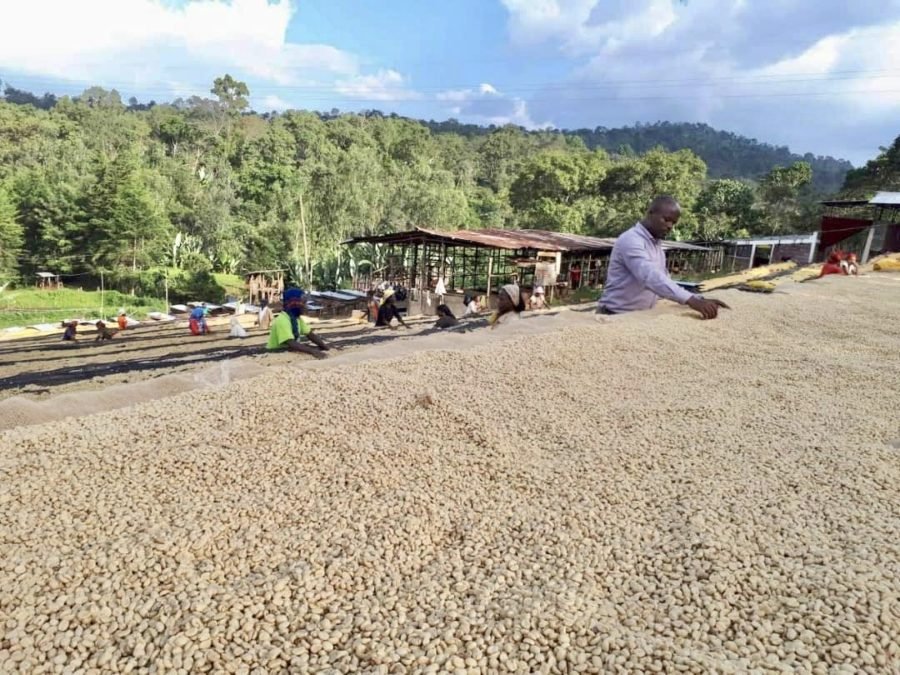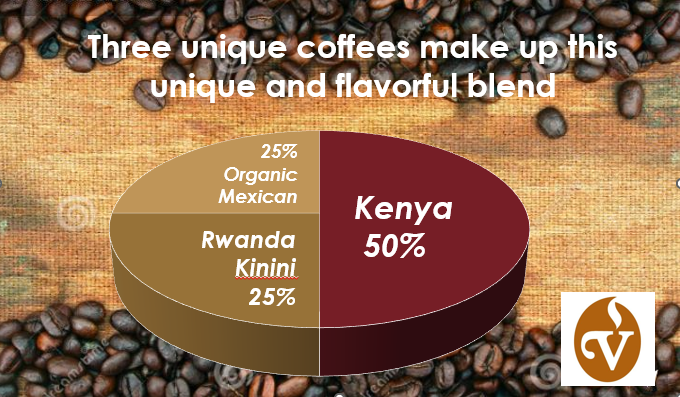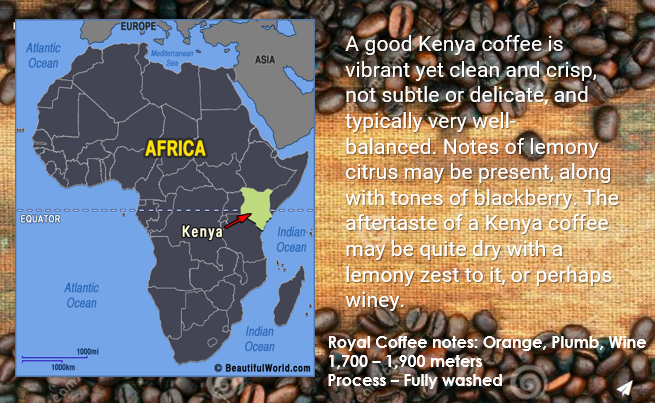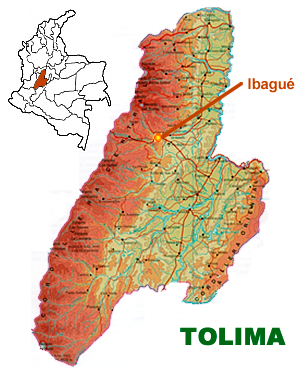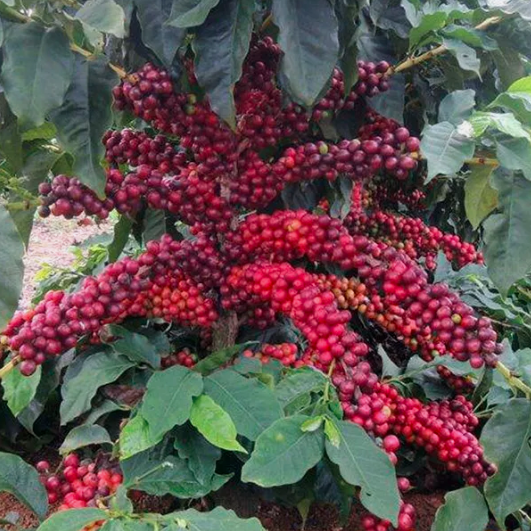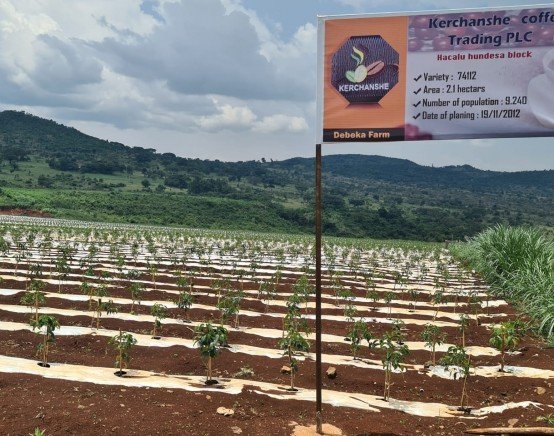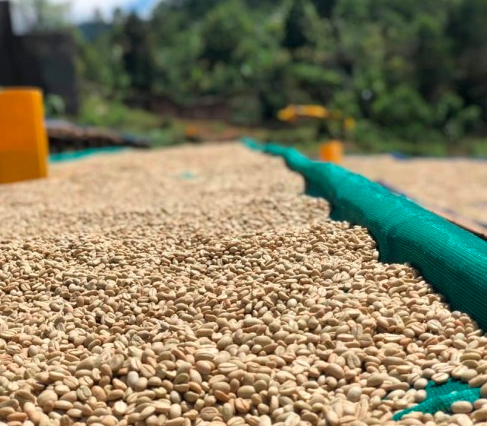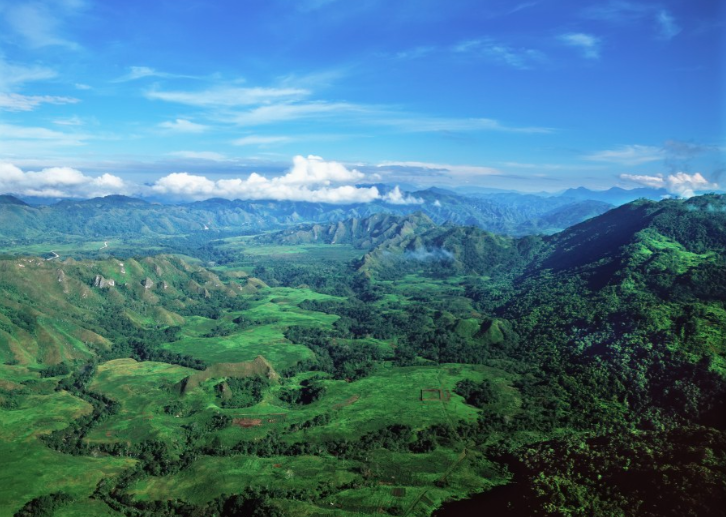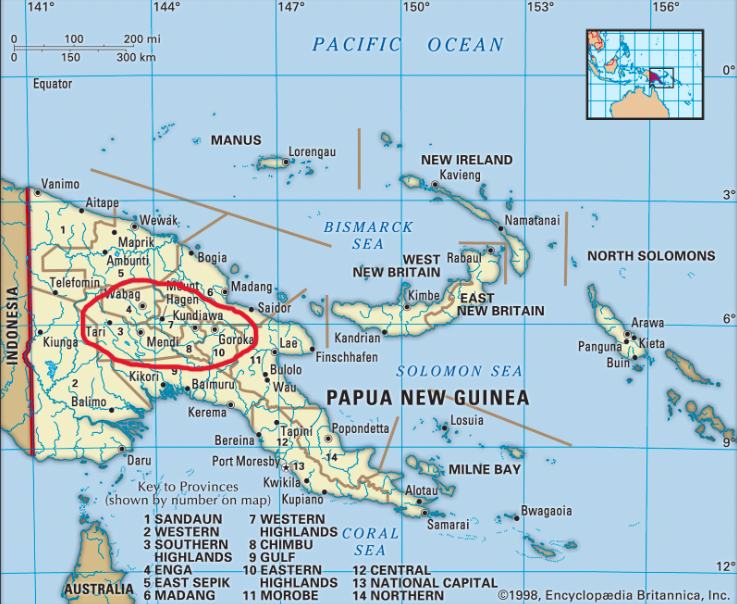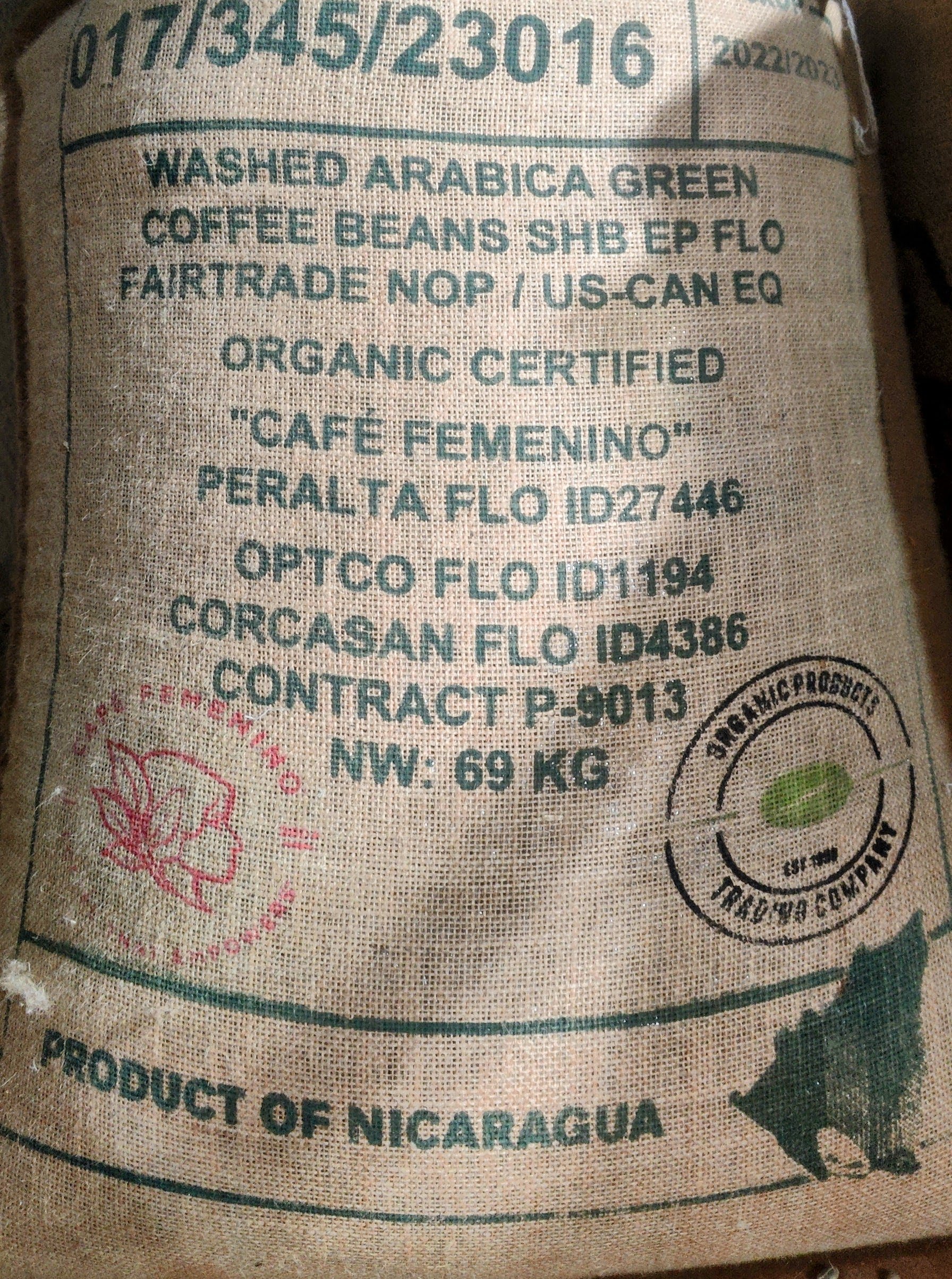Welcome to the April 2025 edition of For The Love of Coffee, a monthly blog about all things coffee, exclusively for the employees of Vienna Coffee.
Spring is finally upon us, and with the changing of the seasons comes a beautiful new Brazilian coffee from our friends at FAF Coffees. FAF stands for Fazenda Ambiental Fortaleza (translated Environmental Fortress Farm) and has been a coffee plantation since 1850. Their stated mission is “to be a socially, environmentally and economically Sustainable Farm - a model that sows the seeds of Sustainability to the Individual, to the Family, to the Business community and to Society as a whole”.
From it’s earliest days the farm was exporting its quality coffee to the European market and was even nominated to be the official coffee of the Vatican in the beginning of the 20th century.
In 2001, FAF was still a traditional farm with 150 farmhands and conventional farm methods. When Silvia Barretto inherited the farm that year, she and her husband Marcos Croce took over its management, following the core principles of organic practices and sustainable management. They not only remodelled and reconstructed the existing coffee equipment and terraces but also started working on soil, water, and forest preservation.
Morro Azul, the specific farm from where this coffee derives its name, is managed by Flavio and Marcia Lucia and is a member of the FAF network of farms that are known as the “Bob-O-Link” farms. Named after the migratory bird that flies annually from the Midwest of North America to the Southeast of South America, Bob-o-Link coffees are produced in the mountain Mogiana Region at altitudes varying from 900 to 1,400 masl. The Morro Azul farm is located in Mococa right on the border between São Paulo and Minas Gerais.
The Bob-O-Link farms agricultural methods aim to produce in harmony with nature. This means utilizing nature to create a healthy balance of shade and rich soil, respecting the habitats of animals, and keeping springs and waterways clean. The coffee is all handpicked selectively at the ripest stage of the fruit to ensure flavor, sweetness, and a clean cup. The coffee is then dried naturally on either raised beds or cement patios.
After the drying process is complete, the coffee is prepped and bagged to be shipped to discerning coffee importers around the globe. Once this exceptional coffee is received at Vienna’s roastery, it is expertly roasted to the degree that has been pre-determined by critiquing and discussing the coffee.
After multiple cupping sessions, we determined that this coffee shines at a lighter roast and produces subtle hints of cashew butter, pear, and honey. With a medium body and acidity, it makes for an excellent first cup of the day, and for caffeine addicts like me who need multiple cups each day, it makes for the perfect all-day coffee fix!
You will each be receiving a sample bag of this delicious Brazilian gem to try for yourselves at home. Please let me know your thoughts once you have tried the coffee. For the first time I have enabled comments to encourage questions, discussion, and for sharing your experiences!
It’s a GREAT day for coffee!
Matt
